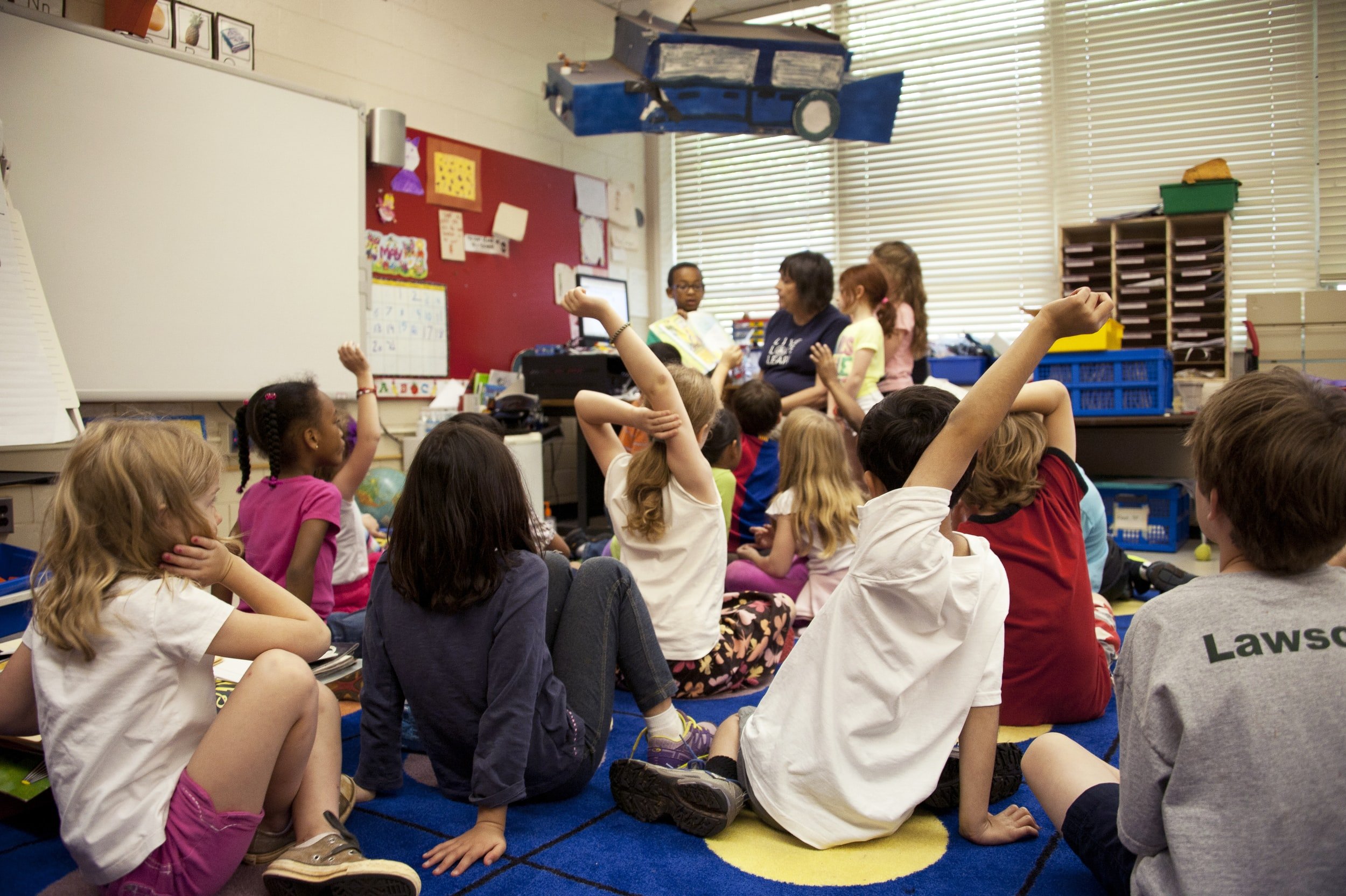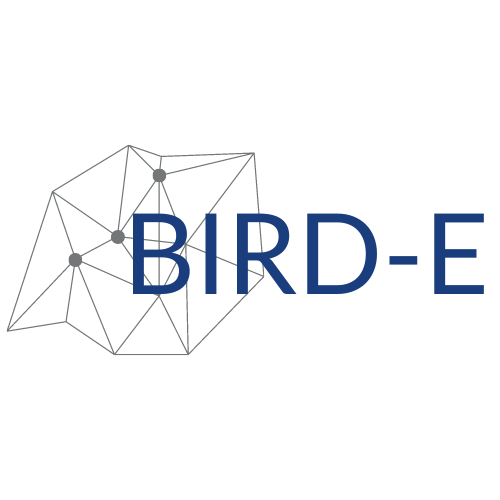
Scroll down to interact with the Blueprint.
The Challenge
The state of our nation’s education research and development system is fragmented, fractured, and siloed. The current system of research does not consistently put the needs of students and communities at the center of research and lacks applied evidence that can solve the problems of practice and policy. The federal investment in education R&D pales in comparison to other sectors such as healthcare and defense. Federal education research spending accounts for 0.4% of education spending, compared to 3% nationwide, 6.3% in health, 12.3% in defense, and 46.1% in energy. The tensions between equity, innovation, and quality education research only get exacerbated without proper resources devoted to the breadth and depth of research topics that truly elevates teaching and learning.
The generation and flow of knowledge in education is dominated by producer-push models. The underlying logic of the producer-push approach is that high quality research is produced by researchers and made clear and accessible, and then practitioners should apply it to their work. This model has resulted in a system where the research being conducted is disconnected from the needs of the educators and decision makers. The efforts to enable discoverability and mobilize evidence on effectiveness of programs, practices and interventions is limited. According to a Gallup Survey, educators trust a variety of sources for making decisions but fellow teachers are by far the most trusted source. Most decisions are based on peer advice for determining curriculum choices. Knowledge sharing is invaluable among peers if the network is more informed through improved mobilization of research.
With more than $41 billion dollars spent on EdTech before the pandemic and much more after that, the research and development in education lacks a systematic and structured process to answer the question of what works for whom and under what conditions with an approach that is rapid, aligned and cost-efficient.
Current education research lacks a common, shared, research-based data language or vocabulary that would make the ability to understand and disseminate research more consistent, structured, and universal. Currently, the evidence that is generated is expensive, bespoke, and does not often support the most marginalized students. A more robust R&D system and infrastructure needs to be the answer, including a data backbone that creates a common language. When strong evidence is transformed into practice at scale, it will support innovation, improvement, and more targeted interventions for students who need it the most.
The Solution
The Blueprint is an open-source framework that aims to modernize education research through a common, research-based data language to bridge the divide between research and practice in the K-12 data ecosystem. Its goal is to facilitate engagement of all types of stakeholders in inclusive, accessible, and robust generation and use of research. The Blueprint serves as a map to modernize current K12 research, so that impactful research can not only be conducted -- but actually used. The Blueprint aims to provide a structured, universal and consistent approach to design, collection, and reporting of research to answer the most pressing question of what works, for whom, and under what conditions. The Blueprint focuses on supporting a learning system within the research and development infrastructure that evolves and considers usability in the practitioner community.
The Blueprint contains a list of critical data elements that summarize and represent key education data needs in early childhood and K-12 education. It is a translational layer to improve articulation of data needs among researchers, practitioners and solution providers. The Blueprint provides a framework to design a well formulated research hypothesis, identify and articulate data needs to effectively evaluate impact of an intervention. It allows the reporting of findings in a consistent and structured format to make it accessible and discoverable. The direct beneficiaries of the Blueprint include researchers and research practice partnerships, solution providers, federal and state evaluation agencies, as well as decision makers in the school systems.

